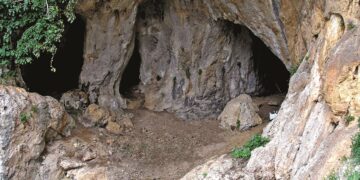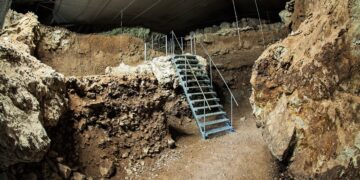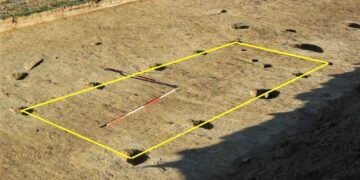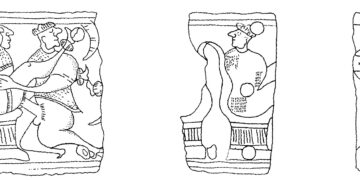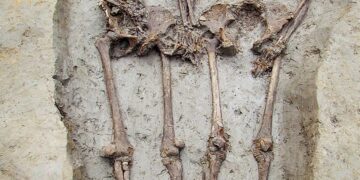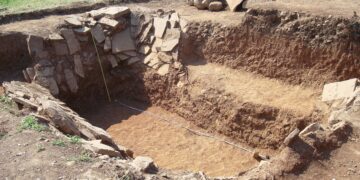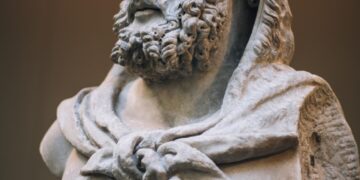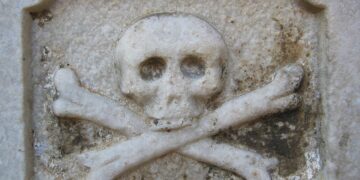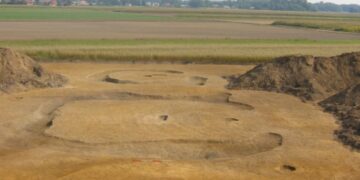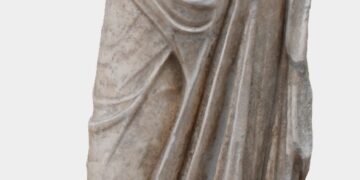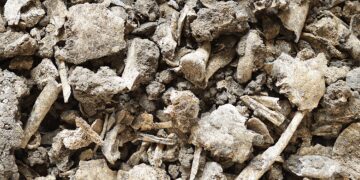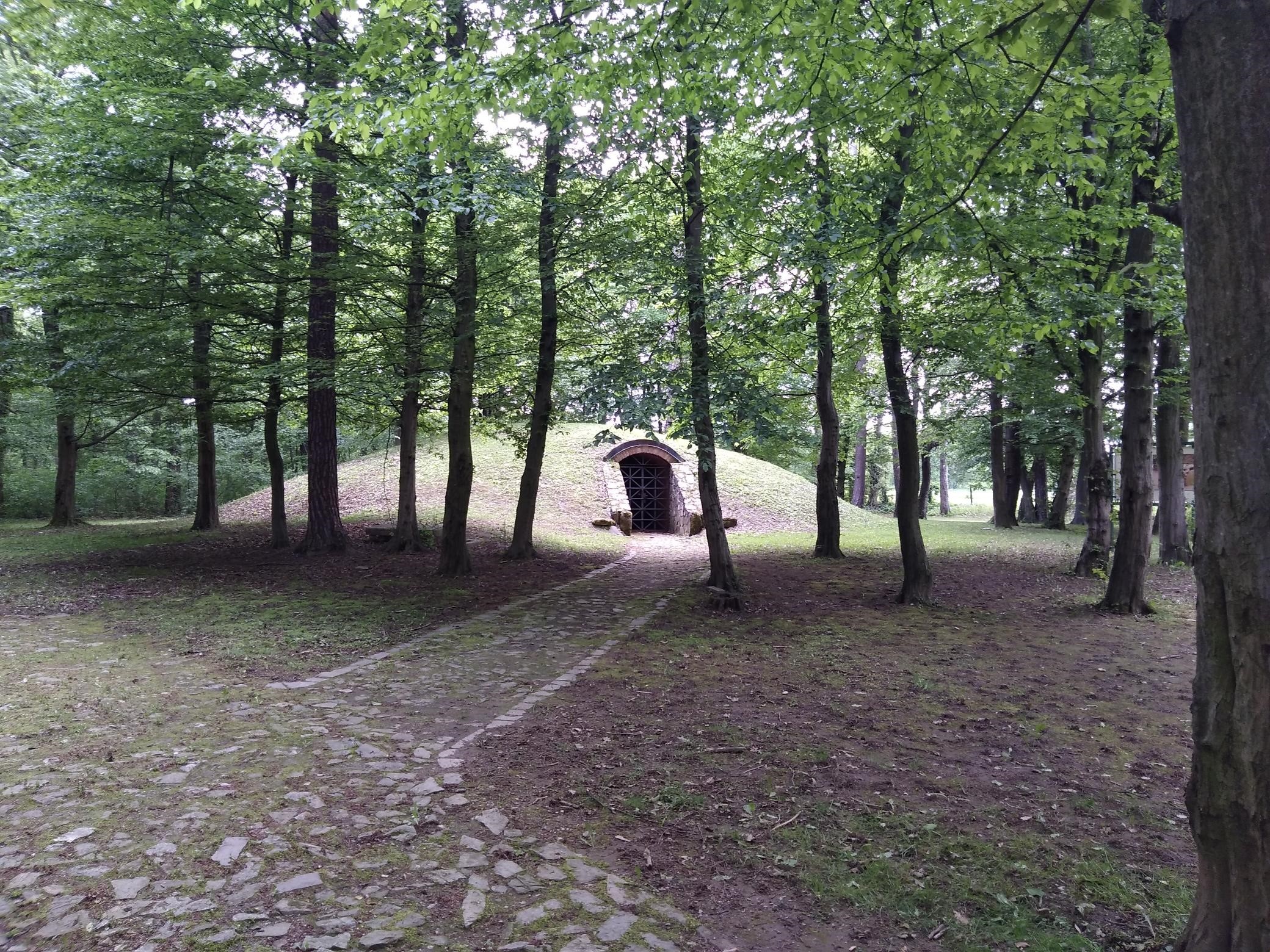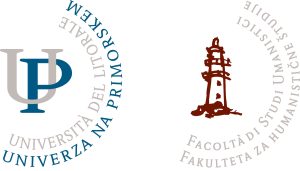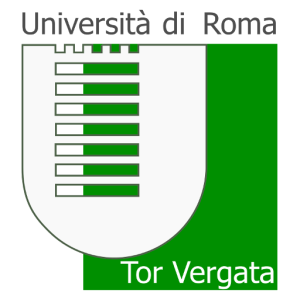People buried under from prehistory to Middle Ages mounds appear to have been perceived by their own communities as members of an exclusive group. Depending on the scope of the inclusive criteria used to establish the mound type of burial, which varies significantly geographically as well as temporally, this exclusivity may include an elite burial category. Although in many of the societies practising interment in mounds the elite burials were primarily reserved for men, women appear across the spectrum of mound-building cultures to have held a wide range of complex roles.
In a Roman mound, located in Miklavž in Eastern Slovenia, an important woman was buried. Discovered grave goods list her among the wealthiest discovered so far – in her grave was placed an impressive set of 17 glass vessels, a single amphora and a terra sigillata bowl, fibula and belt set and a bronze cosmetic box decorated with the image of Neptune, Mercury and Mars. Researchers in the past focused on the large set of glass vessels and the rare find of the cosmetic box, but what is really interesting are the belt set and the fibula. Belonging to the so-called Norican-Panonnian production, they are considered as the typical regional material culture of the Romanized autochthonous population. Consequently, the burial demonstrates how the local elites sustained their status through the long process of acculturation and assimilation into the Roman state.

